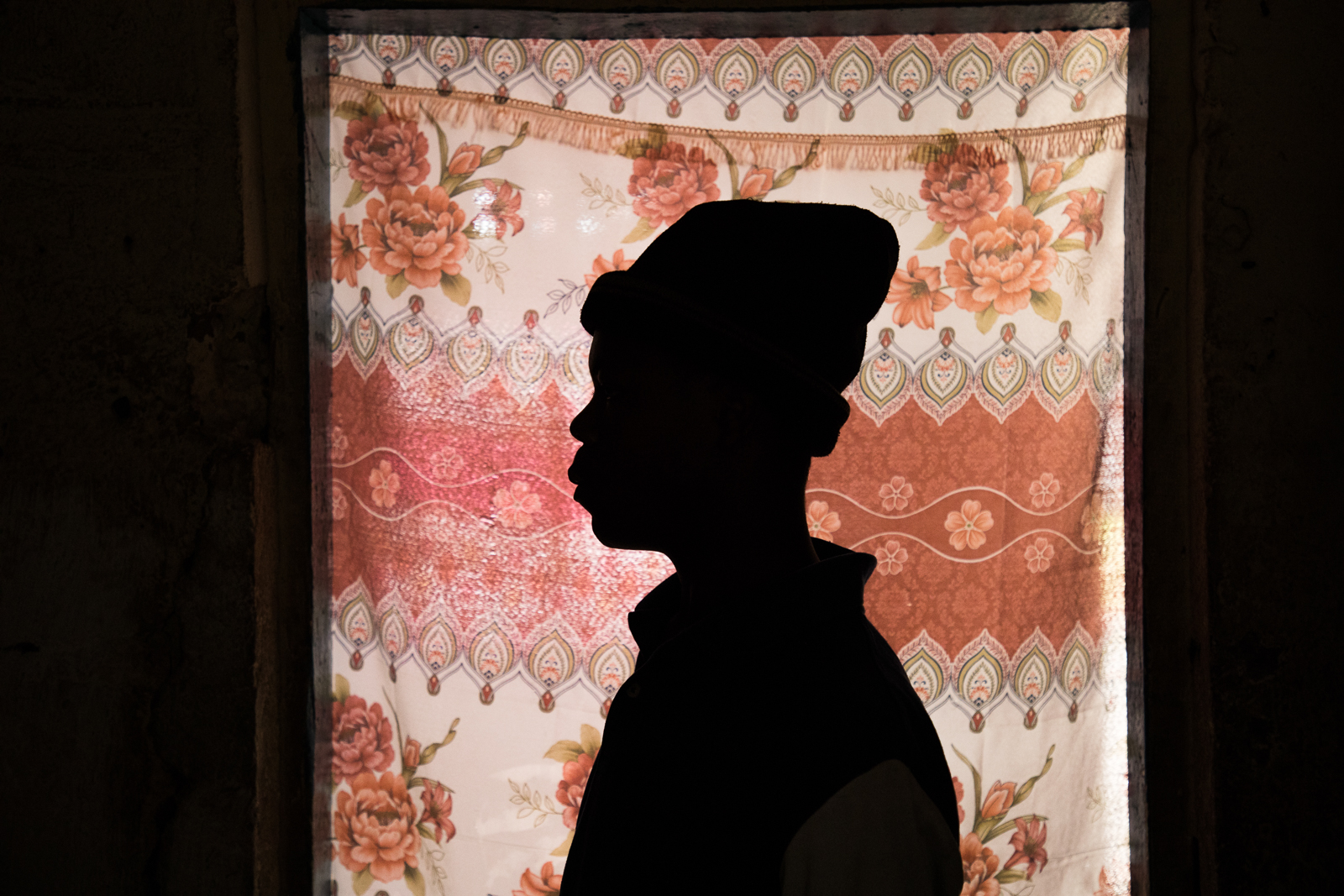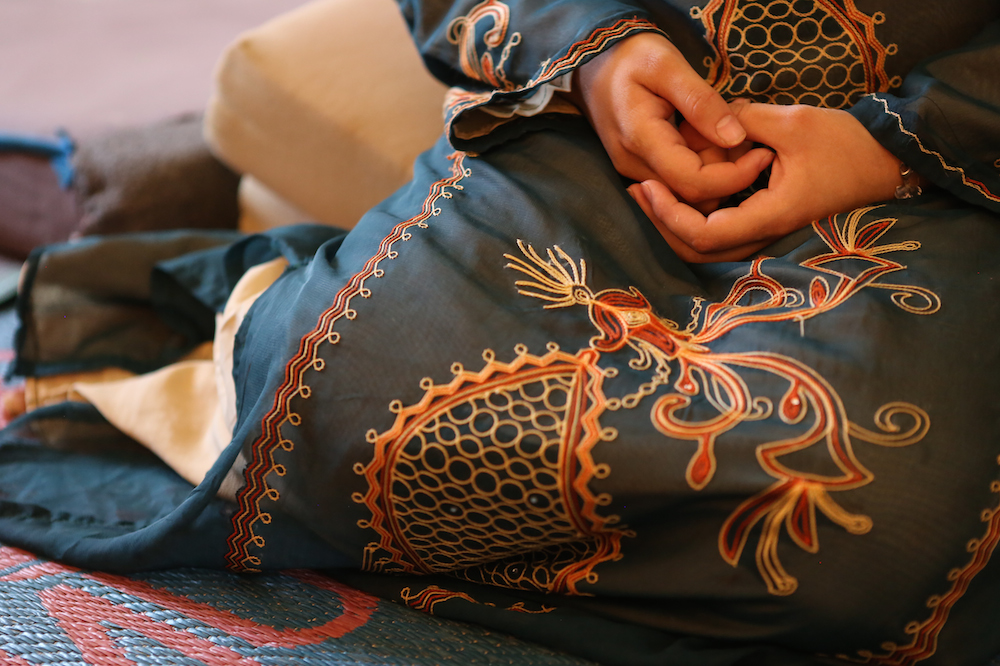
Child trafficking

Explainer
Child labour, Child soldiers, Child trafficking, Children in conflicts
This page looks at the scale of the problem of child trafficking and what can be done to tackle it.
What is child trafficking?
Child trafficking occurs when children are taken away from safety and exploited. Children who are trafficked are often forced into some form of work, used for sex or simply sold.
Trafficking is any part of the process from finding and recruiting children, to transporting and receiving them. Men, women and children all over the world are victims of trafficking, but children are particularly at risk
The International Labour Organization (ILO) says trafficking is among “forms of slavery or practices similar to slavery” and should be eradicated as soon as possible.
Child trafficking is linked to demand for cheap labour, especially where the working conditions are poor. Children may be forced into many dangerous and/or illegal situations, including slavery, domestic labour, sexual exploitation or prostitution, drug couriering and/or being turned into child soldiers.
Children who are trafficked are exposed to many dangers such as working in hazardous environments. Many are also denied the chance to reach their full potential because they don’t get an education or have the freedom to make their own choices.
In disasters, conflicts and other humanitarian emergencies, children can become separated from their families. Left without protection, they are easy prey for traffickers to exploit either by force or with false promises.
Talking about the specific issue of child trafficking during emergencies, United Nations Secretary-General Ban Ki-moon said: “Human traffickers prey on the most desperate and vulnerable. To end this inhumane practice, we must do more to shield migrants and refugees (particularly young people, women and children) from those who would exploit their yearnings for a better, safer and more dignified future.”
How many children are affected by child trafficking?
The ILO estimates that 21 million people are trapped in forced labour or slavery. Of those, it says one in four are under the age of 18.
The estimated number of children trafficked around the world is 5.5 million. They suffer violence, exploitation and abuse – ending up in work, forced marriage, prostitution, begging and armed recruitment.
Where does child trafficking happen?
Every country in the world is affected by human trafficking, whether as a victim’s original country, somewhere they travelled through or the destination.
According to the UN Office of Drugs and Crime’s 2014 global report on trafficking, 62% of all people trafficked in Africa and the Middle East are children. Other regional figures are 36% in South Asia, East Asia and the Pacific, 31% in the Americas and 18% in Europe and Central Asia. Of all people trafficked in 2011, 21% were girls, 12% boys, 49% women and 18% men.
The issue of child trafficking in the European refugee crisis
Children who arrive in Europe looking for safety having escaped war, disaster or other crises have been disappearing into the clutches of traffickers.
In 2015, almost 96,000 unaccompanied children claimed asylum in Europe. But by January 2016, according to the European law enforcement agency Europol, at least 10,000 of them had dropped off the radar completely. The true figure may be even higher, as missing migrant children are rarely reported and systems to track information are lacking.
According to the International Organisation for Migration, as many as 92% of the children who arrived in Italy by boat between January 1 and May 31, 2016 were on their own.
A report by the European Union committee in the United Kingdom’s House of Lords in June 2016 looked at the reasons that children become trafficked. These include a lack of plans for taking care of them, even when they have arrived in refugee camps.
What efforts have been made to end child trafficking?
There are several global initiatives working to tackle the issue. The ILO has a programme called the International Programme on the Elimination of Child Labour that works with governments, charities and other organisations to fight child trafficking. It helps to protect children at risk, enforce anti-trafficking laws and assist victims in need.
The UN Global Initiative to Fight Human Trafficking sees organisations such as the ILO and UNICEF working together to eradicate child trafficking.
Its mission is to address the many factors that cause child trafficking. These include making potential victims less vulnerable, ensuring protection to those who fall prey and catching and prosecuting the criminals involved.
An important part of tackling child trafficking is to make sure there are safe spaces, such as schools, where children can be protected from harm. In times of upheaval and crisis, education is a lifeline. Students in school can get safety information, adult supervision and a higher chance of being identified and documented. Organisations such as Theirworld are committed to helping provide children in crisis with education.
Examples of tackling child trafficking successfully
- Nepal
After the devastating earthquakes in 2015, there was a huge increase in the number of girls forced into labour and sexual exploitation in neighbouring countries. It was reported that gangs could earn $570 for every child they supplied to traffickers. UNICEF provided temporary learning centres and child-friendly spaces. These helped children were off the streets and made them safe from traffickers. There they also learned about how to keep themselves safe and healthy.
- Kenya
Jacob, 13, left his village when he was promised an education and a job as a house boy in the city. Instead, the men who took him forced him to hunt for scrap metal to sell and he ended up begging on the streets and stealing. The CRADLE (The Children’s Foundation) found him and reunited him with his family. Now he’s back in school and hopes to be a teacher or a policeman when he grows up.
- Bangladesh
Parul was married at 14 but her husband abandoned her when she got pregnant. She was tricked by her aunt who offered to find her a job in Dhaka. The aunt took her to Kolkata, India, and sold her to a brothel where she was forced to become a sex worker. She was later found by the police and sent to a woman’s shelter.
Useful links on the issue of Child Trafficking
The International Labour Organization: A definition of the issue of child labour
World Day against Child Labour: An authoritative explanation on why this day exists
Next resource
